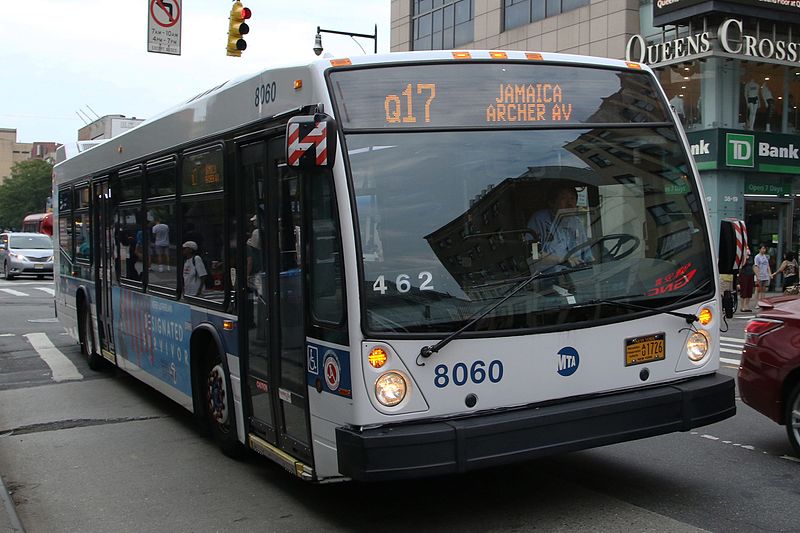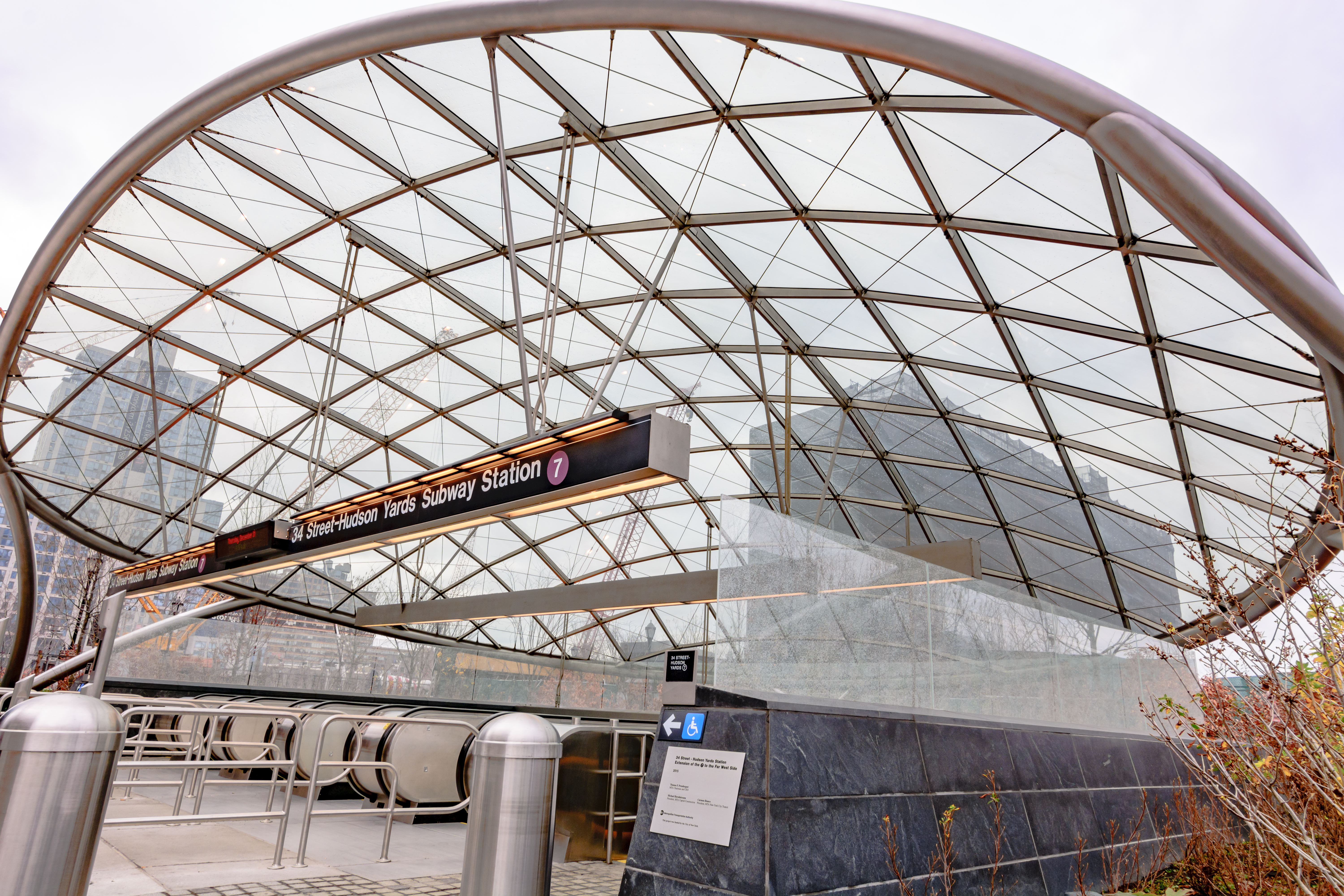
(This article is for intermediate and advanced English language students. The words in boldface have definitions attached or added in parenthesis. Please pay attention to the use of “get” and “run” throughout the post.)
Most of my students live in the New York metropolitan area. Many of them have to take the subway to get around. My students are a sophisticated bunch. Most speak several languages, and have lived in big cities with subway systems before. However, they find New York’s system particularly mysterious and difficult to maneuver. They will ask for directions in a way that may seem perfectly logical given their experience with other subway systems, but will leave New Yorkers completely flummoxed, confused, befuddled, and bewildered!
Our subway system is one of the world’s oldest, and one of the largest. It grew from several private companies, and remnants of that history still exist. We have our own vocabulary for understanding our system and our own way of asking others for help. In this post, I’ll help you learn how to ask a New Yorker for directions on the subway, and how we think about and navigate the system.
But first, if you are looking for a good “how to” guide to the system, here’s a link to a good overview put together by one helpful rider.
My tips are less comprehensive, and based more on the feedback, questions, and occasional arguments, I’ve had with students. These tips are meant to help people who aren’t from New York, and whose first language isn’t English. These tips are helpful whether you are here for a short stay (as a tourist) or for the long haul.
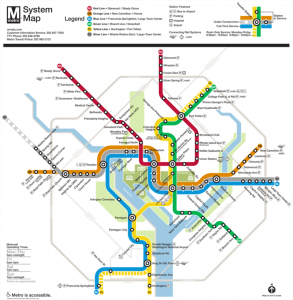
Tip #1: It’s called the subway, not the metro! While the state agency that controls the subway system is called the Metropolitan Transportation Authority (MTA), New Yorkers never call the subway the “metro.” That may work for the puny small town subway system of a place like Washington DC, but it doesn’t fly here in NYC! We won’t understand what this is, so if you are looking for “the train” or “the subway” or a particular subway line such as the “A” here are some ways to ask:
“Is there a subway station near here?”
“Where is the train station?”
“Where can I catch the train?”
“Where is the subway?”
NEVER: “Where is the metro?”
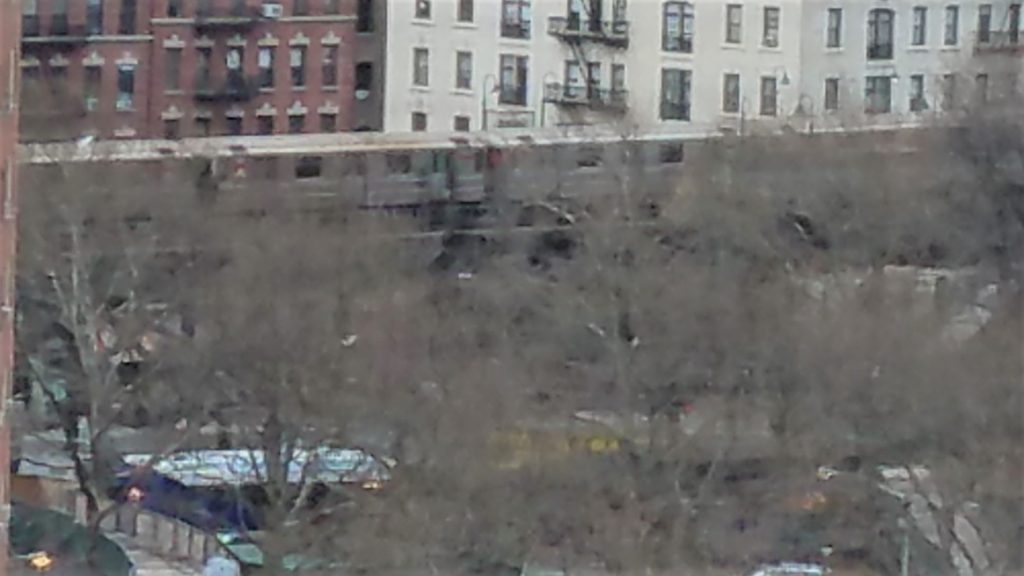
Tip #2: It’s still the subway even if it’s above ground. In Manhattan the subway lines are underground. However even in Manhattan, some lines pop up out of the ground briefly. In Brooklyn, Queens, and the Bronx, many of the lines are above ground for long stretches (periods) of time Sometimes these above-ground lines are referred to as “elevated” trains, or “els”. However, they are still part of the subway system, so even if the station is above ground, it is easier for people to understand if you ask, “Where is the subway?” If you ask where the “el” is, they might think you are asking about the “L” train.
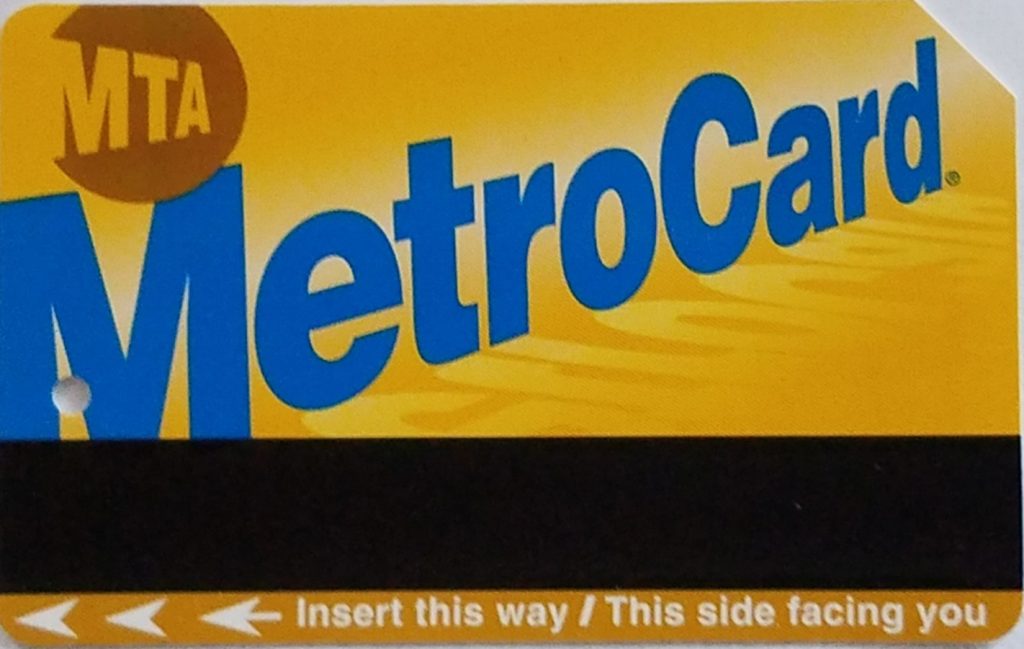
Tip #3: Those MetroCards! Before you can board the train, you’ll have to buy a Metrocard. You need to buy them from a machine, not a from the booth. It is very common for there to be lines, as usually at least some of the machines aren’t working at all, or might not be able to accept either cash (bills) or credit/debit cards. It might be difficult to use a “foreign” credit card for your transaction, as the system is designed to ask for your billing zip code, so you might need to use cash or a debit card. You can buy a 30 day or 7 day unlimited card. Otherwise the cost is $2.75 per ride. You can use the cards on all subway lines and on regular bus service. There used to be a discount when you spent over $10 on a MetroCard. There is no longer a discount. Because there is no discount, riders short on cash will often put as little money as possible on their cards, leading to longer lines and more breakdowns of the ticket selling machines.
Is it better to buy an unlimited card? Maybe, maybe not. The unlimited cards are only a bargain if you will be using your card to travel in both directions every day. Also note: If you are planning to use a MetroCard to get to or from Kennedy Airport, you’ll need to put $5 on the card in order to take the monorail to JFK. You cannot use your unlimited card to pay for the monorail!
Unlike most other cities in the world, NYC does not offer a hard plastic card. Our MetroCards are fragile and they have to be swiped (pushed) through a slot. Sometimes you’ll have to run them through the slot, two or three times before they will work. If they are damaged or bent they might not work at all. You cannot exchange a damaged card at the station manager’s booth! The station manager will give you an envelope and you can mail the damaged card to the MTA. It will take several weeks to get a new card. Leaving town soon? Sorry, you are “shit out of luck” to use a colloquial expression. Summary: MetroCards are notoriously fragile and it’s difficult to get a replacement, so please be careful not to bend your MetroCard! If you aren’t buying an unlimited card, put enough money on your card so that you are not wasting time waiting in line.
If you are having trouble swiping your MetroCard, you aren’t alone. Here is a video showing New Yorkers struggling with our MetroCards!
The system is being overhauled, and MetroCards are being replaced by a new system which will allow “touchless” pay through your phone or credit card. However, so far only a few stations have the new system in place. Remember, that New Yorkers LOVE to complain or as we say kvetch about things, so feel free to complain all you’d like about MetroCards!
Tricks New Yorkers know: There is free transfer between buses and trains. You have up to two hours to make a transfer. It is possible, therefore, to take the subway to one location, stop off for some errands, and then take the bus to another location for the same fare. For example, if you live on East 86th Street, and work downtown, you could take the subway from your office to 59th Street, do a little shopping at Bloomingdales, and then take the bus home using your free transfer! (I know, I know! If you can afford to shop at Bloomingdales, you can afford to take a cab home!)
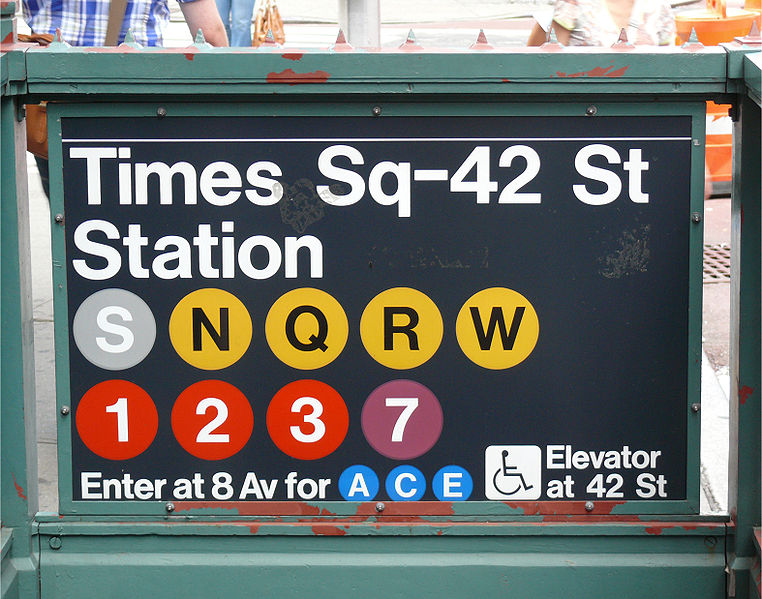
Tip #4: A, B, C, or 1,2,3! If you ask directions, always ask about the train number or letter. NEVER ask about the train color! This is the biggest rookie mistake my students make. In most subway systems, in most of the world, people identify train lines by distinctive colors. However, if you ask a New Yorker, “Does the blue line stop here?” You might get an answer, but it might not help you get where you need to go. My students argue about this with me and point to the subway map, which is color coded. But, I’m right, and they are wrong. Take a look at the picture above. Notice that the 1, 2, and 3 all have red circular decals. This does not mean that the all start or end in the same place. The same goes for the light blue circles of the A, C, and E.
I’m not singling out Washington, DC, but again if you refer to the Washington system map above you’ll notice that they do use colors to identify the lines and that each line has its own color. With 27 different subway lines (!), more than any other system in the world, we’d run out of colors! Imagine the confusion! There’d be arguments about which was the magenta line and which was the purple line!
Most New Yorkers don’t really notice the color of the decals or how things are coded on the subway map. We aren’t trying to trick you when we look at you like we have no idea what you are asking ! We know what train to take to get us where we want to go. The colors have also changed over the years, so older people might have no idea what you are talking about if you ask about the “blue line.” Sometimes 2 or more differently color-coded trains will all go to the same place. If you look at the subway map, you’ll notice that trains with the same color designation often take the same route for SOME but not ALL of the time. The A, C, and E all stop along 8th Avenue in Manhattan, but the A train goes between the northernmost tip of Manhattan and the southernmost point in Brooklyn, and then into the easternmost part of Queens where it splits into two branches. The E goes from Chambers Street in lower-Manhattan, then into Midtown Manhattan and east through Queens. The line ends at the Jamaica Station where you can transfer for the Long Island Rail Road or the monorail to JFK. The C is a local train which follows the route of the A train from 168th Street in Manhattan to Euclid Avenue in Brooklyn. Even in those places where the A, C, and E, run on the same track, the A train runs express, and skips (doesn’t stop at) some of the stops. If your goal is to get to Penn Station, all three trains will take you there. However, if you are going to the Fulton Mall in Brooklyn, the A will get you there, the C will get you there more slowly, and the E will stop several miles short of your destination.
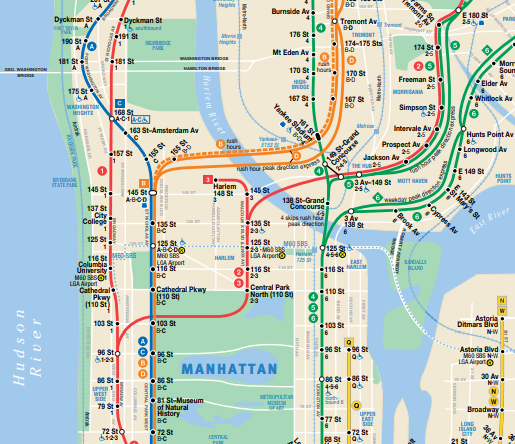
Now let’s look at what my European students insist on referring to as “the red line.” (See the map excerpt above.) A New Yorker would refer to these as three different trains: The 1, the 2, and the 3. While the 2 and 3 make the same stops in Manhattan, where they run express, they make different stops in Brooklyn and the Bronx. The 1 runs local, and diverges from the 2 and 3 at 96th street, where it continues to run up Broadway, while the 2 and 3 go further east. The 3 ends at 148th Street in Harlem. The 2 goes into the Bronx where it runs along the same track as the 5 train. Notice the distance between the stop for the #2 and 3 train at 125th Street and the 125th street stop on the #1.
Don’t try asking about the green line either! That’s the 4, 5, and 6 to us! You can see how those three train lines go their separate ways from 125th street on. The purple line? Most New Yorkers won’t know what you’re talking about, but subway riders have probably taken the 7 from Times Square to Grand Central Station or maybe out to a game at Citi Field. The 7 runs both local and express. The local train makes all stops and uses a circular decal. The express uses the diamond decal and makes all stops in Manhattan, but skips many of the Queens stops. The local runs all the time. The express runs towards Manhattan during the morning rush hours, and towards Flushing during the evening rush hours. However, sometimes, when there’s a baseball game at Citi Field or at the tennis stadium, the 7 may run express even on weekends.
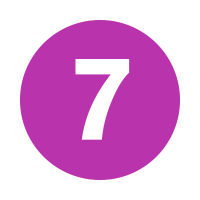
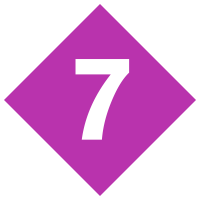
The important point to remember is simply this: The color coding might be useful to help you navigate using the map, but don’t ask directions using the colors, and remember that there are difference in the route even when two or more lines use the same color code.

Tip #4 Know Your Directions: Uptown, Downtown, Crosstown, Queens, Brooklyn or the Bronx
Here is a quick quiz: What do they L, 7, N, W, G, R, E, and F lines all have in common? The answer is that they all go “crosstown” or east to west at some point. The 7 goes straight across town on 42nd street, allowing passengers on the East Side of Manhattan to easily travel to the West Side. The L does the same on 14th Street. Other lines such as the N, W, E, and F travel west when they come in from Queens but also travel uptown and downtown. In Manhattan, which is designed as a grid, the concept of “uptown” and “downtown” are easy to understand. Most subway directional signs in Manhattan use the words: uptown, downtown, and crosstown to identify the direction of the train. If you aren’t sure because of lousy signage which side is going where, you can ask anybody waiting for a train. If you ask someone “Does this train go to Lorimer Street?” the person you ask might not know and won’t be able to help you. However, if you ask, “Does this train go to Brooklyn?” the person you ask will probably know. It isn’t that we don’t want to help you. We simply have no idea what you are talking about when you name specific stops far away from the places where we usually take the train. Remember: There are 472 different stations in the system! Most of us don’t know the system by heart!
Hint: In Manhattan, most downtown trains eventually go into Brooklyn, and most uptown trains go into the Bronx, so usually signs say, “Downtown and Brooklyn” or “Uptown and the Bronx.”
So if are in Manhattan, and you know you are waiting for the right line, but you aren’t sure if you are going in the right direction, you need to ask either of the following two questions: (1) Is this side going uptown or downtown? or (2) Is this train going to the east side or the west side? If you are in the boroughs your question is simple: “Does this side go toward Manhattan?” All the subway lines except for the Franklin Street Shuttle (S train) and the G line go into Manhattan at some point. So as long as you know whether the stop you are going to is towards Manhattan or away from Manhattan, the answer to the question will help you determine whether or not you are waiting at the correct platform.
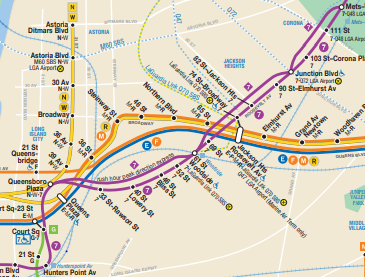
For example, imagine you are staying at an Airbnb close to the N and W trains on 36th Avenue in Astoria. You want to visit the PS 1 Museum in Long Island City. You get to the station. Both the N and W will get you to your transfer point. Both lines have a different final stop, but knowing the name of the final stop is irrelevant. The important thing you need to know is which side goes to Manhattan. You’ll take the train towards Manhattan to Queensboro Plaza where you will need to transfer for the 7. Once you get to Queensboro Plaza, you’ll need to find the 7 going towards Manhattan, not Flushing. You need to take the train towards Manhattan to get to Court House Square (PS 1) from Queensboro Plaza. If after your lovely visit to PS 1, you decide to venture further out into Queens to experience the best Thai food in the city at Woodside’s famous Sri Prai Prai, you’ll need to take the 7 toward Flushing (away from Manhattan) to 69th Street in Woodside, Queens. And yes there is a 69th Street in Queens and one in Brooklyn, and in Manhattan, and these are NOT the same places.
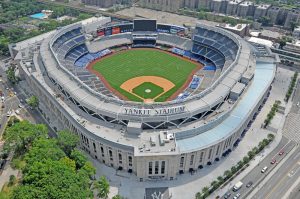
Tip #5 Interborough Travel by Subway: It is relatively easy to travel between Manhattan and the other boroughs. The system was made for commuters. If you are staying in Manhattan and want to check out the sites, restaurants, clubs, etc in another borough, have fun! However, it is a little trickier traveling between boroughs by train. If you are traveling between Brooklyn or Queens and the Bronx, you will need to go through Manhattan. There are some subway lines that go between Queens and Brooklyn, but depending on your destination, you might still need to go through Manhattan, and to transfer one or more times.
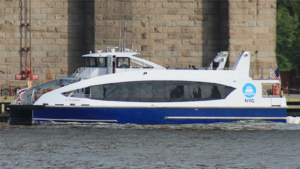
Tip #6 Take a Ferry! Tourists have known about the FREE Staten Island ferry service for years. It’s a great way to get a good photo of the Statue of Liberty and see the entire lower-Manhattan skyline. However, in the past few years, New York has added inexpensive ferry service from the East River to several destinations. You can travel from East 34th Street down to Wall Street. You can visit outer-borough riverfront neighborhoods including Astoria, Long Island City, Greenpoint, Williamsburg, and Red Hook. You can even pass Jamaica Bay and get your iconic Coney Island roller coaster shot on your way to Rockaway Beach. The cost of the ferry is $2.75, the same as the subway, but unfortunately, you can’t use your MetroCard. There are free shuttles crosstown from the ferries in Manhattan, but no free transfers to subways or buses. There is more information about this service here.
Tip #7 But what about the buses? Buses are an alternative to subway service, but buses are a notoriously slow way to get around, especially in Manhattan. Google maps and other apps can help you find bus routes, but I wouldn’t recommend taking a bus if a train exists. Most people take the buses short distances if they take them at all. Buses in Manhattan are convenient if you need to go across town. In the boroughs, some bus lines connect people to distant subway stations. The city has gotten a little better about developing express bus lanes to help keep buses moving, but I wouldn’t recommend taking the bus if you have to travel any distance, or if you need to get someplace quickly.
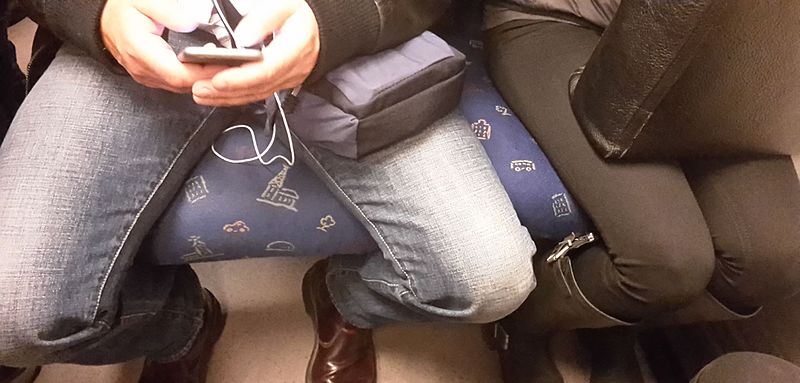
Tip #8 Subway Etiquette or How NOT to be an Asshole. Finally, here are some ways to be polite on the train: (1) Please move into the car, especially if it is crowded. Do not stand by the doors. This makes it more difficult for other people to move into the car and it makes everything more crowded.(2) If you are standing, please take your backpack off your back so other passengers don’t bump into it. (3) By all means, please give your seat to an elderly, disabled, or pregnant person, or anyone else who looks like they need it more than you do at that moment. (4) Please don’t take up more than one seat even if you have really big testicles and like to spread your legs as far apart as possible. We have a name for this! It is called “manspreading” it is NOT considered polite. (5) There is also a female equivalent wherein women keep their shopping bags, purses, backpacks, etc on the seat next them instead of on their laps or the floor. That’s not okay either. (6) Also eating is allowed, but that doesn’t make it cool. (7) Please listen to your music through headphones and not so loudly so that others can hear the music through your headphones. (8) Do not photograph us, no matter how interesting you think we are.
While these are important tips, I do NOT recommend,calling anyone on any of the above behavior as some New Yorkers may not respond kindly to being corrected. Also note the slogan: If you see something, say something! This refers to illegal or suspicious activity on the train. If you think there is a dangerous situation developing, you don’t need to intervene by yourself, but please call it in to the police emergency dispatch.
